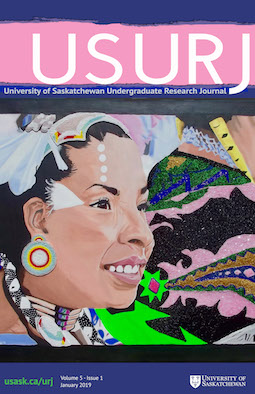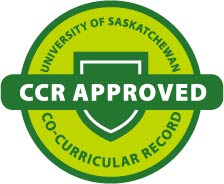Viability of Business as an International Development Actor
An Assessment of Benefit Corporations
DOI:
https://doi.org/10.32396/usurj.v5i1.334Abstract
Business plays a central role in international development as both an intentional and unintentional actor. This paper evaluates the role of business as an international development actor and considers the benefit corporation, a for-profit entity that holds in equal part public benefit and profit within their mandate, as a potential avenue for businesses to play an intentional positive role. The current role of business in international development is hard to define, but its effects are certainly mixed. What is clear is that the behaviours of businesses have significant impacts on both human and environmental security. Many development efforts are based on the belief that a strong private sector and competitive markets are essential conditions for development. This has defined business’s role in development as mostly geared towards wealth creation, employment, and providing goods and services. Business practices and their effects on communities globally have repeatedly demonstrated the need for a code of ethics and the importance of caution and impact assessments as businesses shift into intentional roles as development actors. The benefit corporation model provides an opportunity for businesses to operate internationally while playing a positive role in international development. This paper uses CSR theory, a framework of classification for development agents, and a case study of the benefit corporation Patagonia to evaluate the viability of the benefit corporations as international development actors.
Downloads
Published
Issue
Section
License
Articles: USURJ’s current Publication Agreements apply a Creative Commons Attribution-NonCommercial License (CC-BY-NC) by default. The CC BY-NC license lets others remix, tweak, and build upon work non-commercially. The author(s) can choose a different CC license, as outlined in https://creativecommons.org/about/cclicenses/. Please see the PDF for each article to determine what license is applied to that article. Author(s) can also request to reserve all copyright (All Rights Reserved). If there is no indication for articles published before September 2020, assume the author retains all rights beyond those necessary for publication by USURJ. All articles published after September 2020 will apply one of the aforementioned CC licenses. See the Publication Agreement under the Submission Preparation Checklist or Author Guidelines for more information. Artwork: All copyright for the original artwork remains with the artist unless they wish to apply a Creative Commons (CC) license to the artwork. Please see the PDF for each artwork to determine what license is applied to that artwork.







